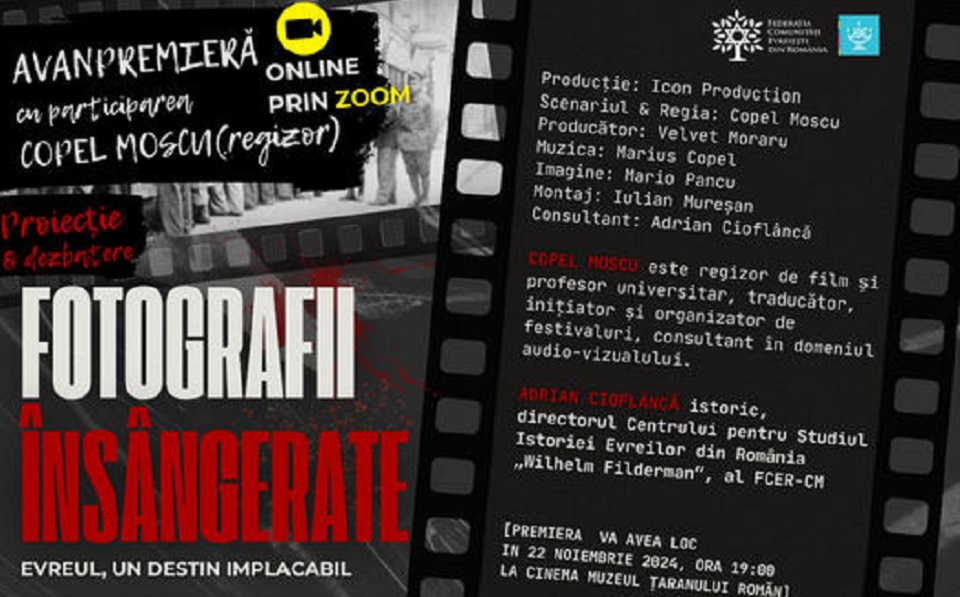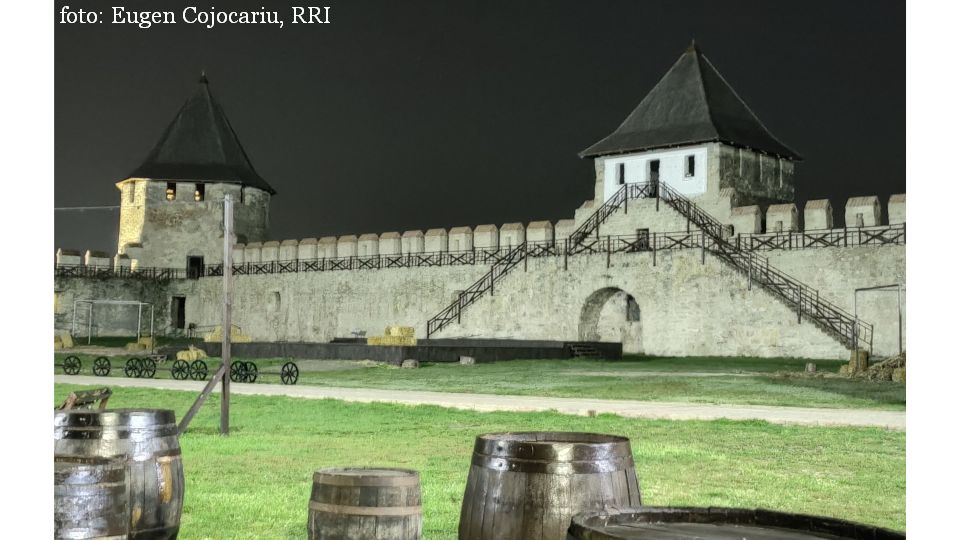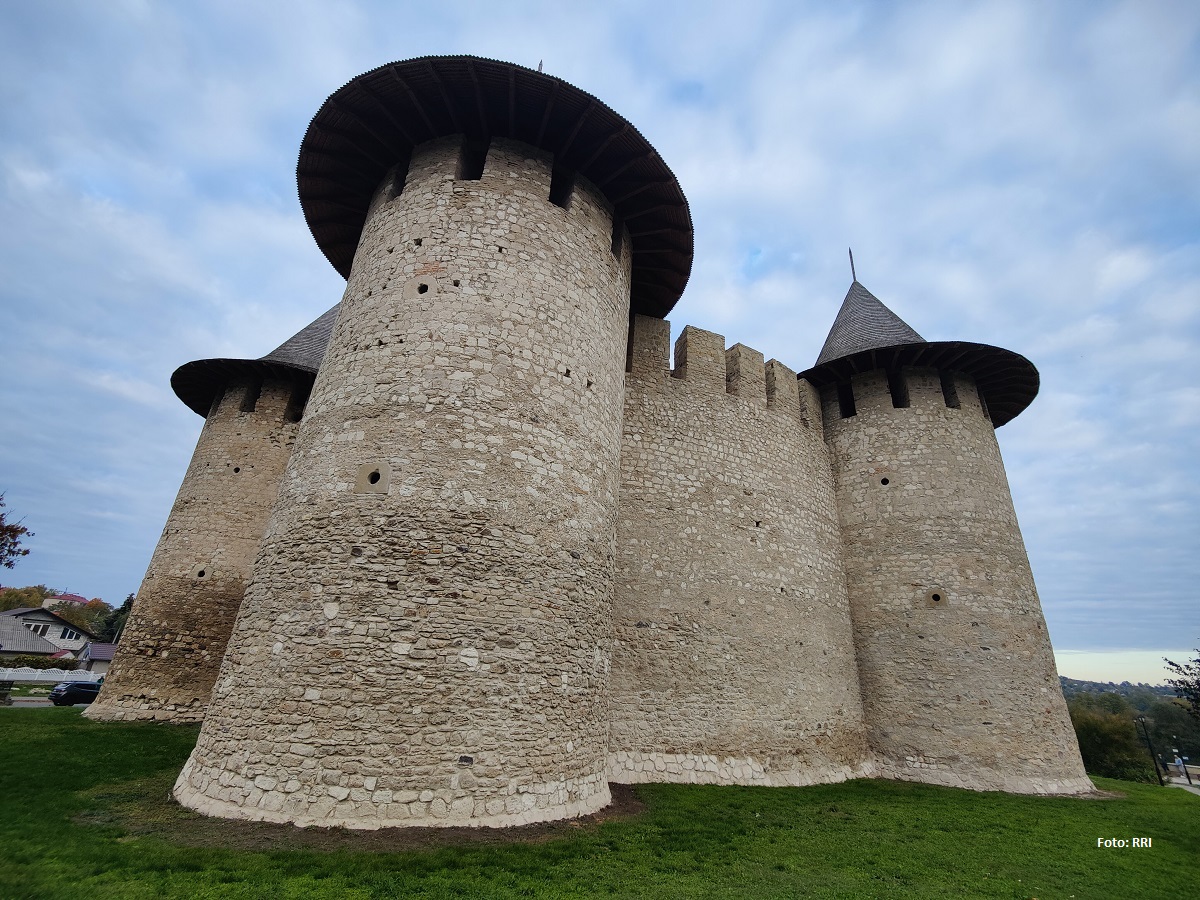Motorways in Romania

Steliu Lambru, 14.10.2016, 11:21
Motorways are in direct relation with the development and streamlining of road transport infrastructure and implicitly with the dynamics of a countrys economic development. We could hardly imagine life nowadays without these high-speed motorways whose history goes hand in hand with that of the automobile. This history goes back to early 20th century in the United States of America, but after the First World War, motorways began to appear in Western Europe as well. The evolution of the automobile created the need for high-speed roads and the use of improved materials for their construction. A motorway network is indicative of a certain countrys economic growth and population mobility. Social cohesion and various opportunities have stemmed out of a travel time that was considerably reduced.
Romania is the EU country with the lowest number of motorway kilometers, although there are prospects for improvement. The motorways history in Romania has as beginning the year 1967, when works at the countrys first main road linking Bucharest to Pitesti, a city 110 kilometers northwest of Bucharest, were inaugurated. The road was completed and became operational in 1973. The reason for building a road to link the capital to Pitesti was because of the Dacia car-making plant that was opened there back in 1966. Its blueprint was drawn by the state-owned Transport Planning Institute.
The second motorway, finished after 1989 was designed to link Bucharest to the Black Sea port of Constanta. 25 kilometers of this road became functional in 1987, a section linking Fetesti to Cernavoda, close to the bridge built in 1895 by engineer Anghel Saligny. The reasons for Romanias limited motorway network are to be found in the countrys history and in the history of Central and Eastern Europe. It is believed that what gave real coherence to the Romanian Kingdom was its railway network.
Many historians believe that was what really united the provinces of Moldavia, Muntenia and Dobrogea. Its railway network was built after the German model because the countrys king, Carol l of Hohenzollern-Sigmaringen, was the one who supported the kingdoms development by means of the railway network. That became a tradition chiefly after 1918, when the territories of Austria-Hungary inhabited by Romanians, which had their own railway networks, united with the kingdom of Romania. High-speed lanes for vehicles were seen as expensive and less cost-effective, given the small number of cars Romania had at that time.
Another reason could be found in the history of Central and Eastern Europe, a region at the periphery of the industrial revolution, inhabited by people with rural mentalities under the domination of the three empires, Russian, Ottoman and Austrian. By and large countries in Central and Eastern Europe had an agrarian type of economy, with poorly developed industries. Progress was usually spurred by state investment and mainly targeting the exploitation of a countrys natural resources.
The third reason would be the very post-1945 history of Central and Eastern Europe. Under the Soviet occupation, which fostered the coming to power of communist regimes, radical political ideologies prevented countries in Central and Eastern Europe from benefiting from a Marshall-type economic recovery plan, as it happened in the West. Because of the Soviet occupation, the communist regimes didnt benefit from resources and political freedom to develop road infrastructure.
The situation was pretty much the same in all communist countries. The first blueprints for building a highway in Czechoslovakia to connect the countrys west to the east were drawn in 1935, but they were actually taken into consideration after 1945. Poland saw a similar situation. They first planned to build a highway in 1939, but its actual construction started only after the war. Hungary began the construction of its first motorway in 1964, while the authorities in Yugoslavia, with help from the army in 1950, opened the construction site of a motorway entitled “Brotherhood and Unity, designed to link Slovenia and Macedonia. Bulgaria started the construction of its first motorway in 1973 when Romania inaugurated its first. The case of the German Democratic Republic is special though. The newly instated communist authorities here chose to neglect the countrys viable motorway network, at the time bearing the marks of allied bombings, which ended up being used only by army troops and vehicles.
After 1989, Romania saw the completion of its second motorway, a 260 kilometer road linking Bucharest to Constanta also known as the Sun Motorway. Another 300 kilometers of motorway have been inaugurated in western Romania, linking the cities of Cluj, Timisoara and Arad, close to the Hungarian border.
(Translated by D. Bilt)






























